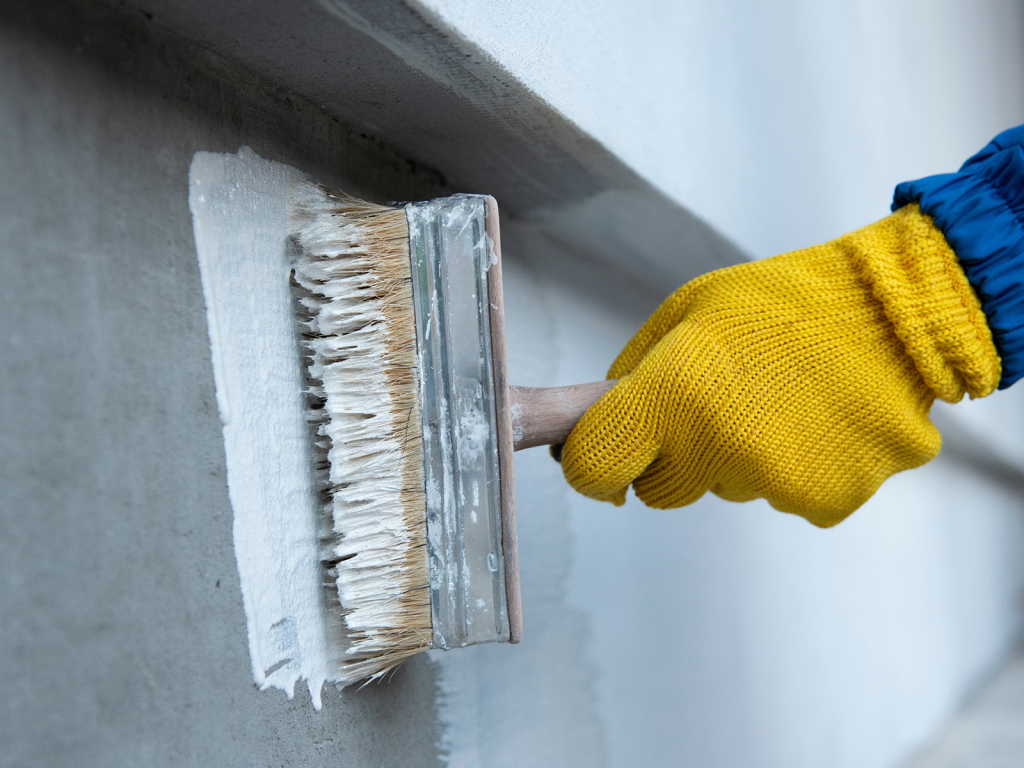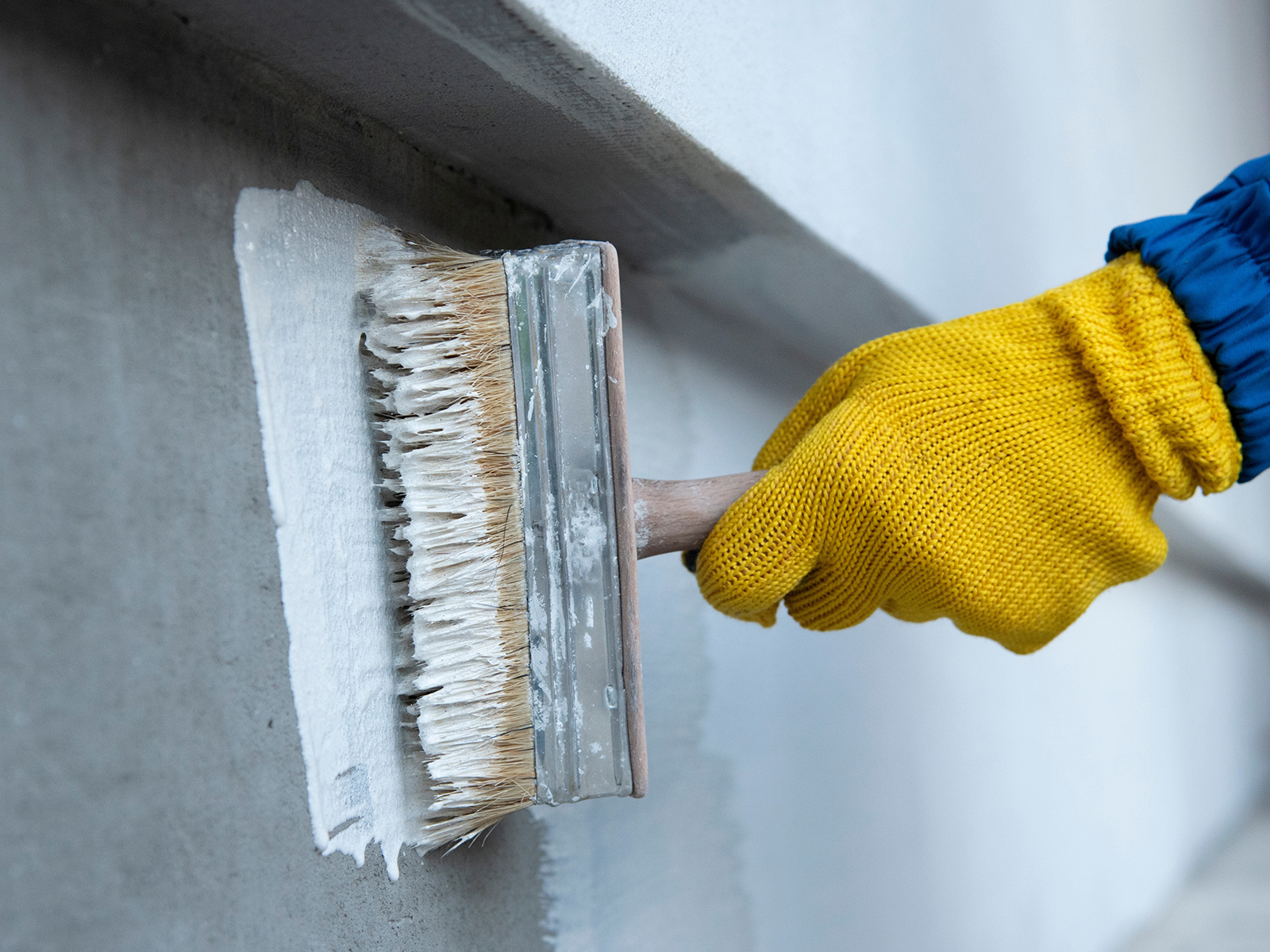
A bit of mould on the wall? Easy to ignore. Just grab a cloth and scrub it off; problem solved, right? Not quite. What you see could be the smallest sign of something much more serious brewing beneath the surface. Mould doesn’t just show up. It settles in. Quietly. Steadily. Waiting.
Maybe it starts as a faint smudge on the ceiling, or a filmy line crawling across a cool basement wall. Innocent enough. But then you blink and look around to find it’s everywhere, including the very air you breathe. And the worst part? It’s not just your home on the line.
Practically invisible, those spores are chaos in the air. Asthma flares, unexplained allergy attacks, lingering sinus pressure, they don’t wait for an invitation. Kids feel it. Seniors feel it. Anyone with sensitive lungs? They notice fast. But mould doesn’t discriminate. Leave it unchecked, and soon you’re not just battling a stain. You’re fighting a full-blown health hazard, and an expensive one at that.
What Are the Main Steps Involved in Basement Waterproofing Work?
Notice mould in your home? Chances are, moisture isn’t just appearing out of nowhere. It’s sneaking in, slow and steady, likely through your basement. When heavy rain saturates the soil, that pressure outside your foundation builds.
Water sees a tiny flaw, a crack, a gap, and it doesn’t hesitate. It presses in, looking for the path of least resistance. And if your defences are down? It finds one. Waterproofing is the answer. And it’s more than just slapping on a coat of paint. Here’s how it really works:
1. Cleaning and Prepping the Surface
Every job begins the same way: strip it down to the bones. Contractors clear off anything that could mess with adhesion: old paint, sticky grime, lingering residue. If mould’s already camping out, it gets a bleach bath and a firm goodbye. Then? Patience. The area needs to dry, fully and completely, before anything else can happen. No shortcuts here, just the calm before the storm of progress.
2. Sealing Holes with Hydraulic Cement
This isn’t your average filler. Hydraulic cement doesn’t mess around. It sets fast; really fast, and packs the muscle to block water trying to force its way in. Applied in small, deliberate batches, it’s pressed deep into cracks where it wastes no time hardening into a stubborn, watertight barrier. Once it cures, it’s not going anywhere.
3. Filling Small Cracks
Tiny cracks don’t get a pass. Use masonry filler to smooth over even the tiniest gaps. Small as they are, they allow moisture to get in, and mould doesn’t need much of an invitation.
4. Caulking Around Doors and Windows
Water finds a way. That’s why the seams around window wells, doors, and vents are sealed up tight. A high-quality waterproof sealant blocks out moisture before it sneaks in.
5. Applying a Waterproof Coating
This layer of protection uses a heavy roller or brush, contractors apply a water-resistant coating in two solid coats. One to lay the groundwork, the second to lock it in.
6. Installing a Waterproofing Membrane
A Waterproofing Membrane is used to prevent moisture from ever coming into contact with the foundation wall. The dimpled design creates an air gap between the damp soil and the wall. The membrane, in contrast to a coating, enables it to permanently seal large cracks, tie holes, and honeycombed or damaged concrete sections.
A high-density polyethylene (HDPE), strong, long-lasting, non-toxic substance, is used to extrude and vacuum seal the membrane. Remarkably, the membrane is impervious to acids and other substances and impermeable to water and water vapour.
How Does Basement Waterproofing Stop Mould Growth and What Are the Benefits?
When done right, waterproofing doesn’t just control water; it disarms mould. Here’s how:
1 Creating a Dry Zone
Mould needs moisture to live. Waterproofing cuts off its supply. By creating a dry, sealed barrier, it halts mould growth before it starts. The bonus? It also protects against rot, discolouration, and long-term water damage.
2. Lower Humidity, Lower Risk
Humidity is sneaky. You might not see it, but you feel that faint stickiness in the air. Mould thrives on it. Even without puddles, damp air can get it growing. Waterproofing seals the cracks and porous areas where moisture slips in, keeping things dry and mould-free. Quiet but effective.
3. Preserving Structural Integrity
Wet wood rots. Wet drywall buckles. Wet insulation sags. Moisture weakens everything it touches. A waterproofed basement keeps the structure sound, the materials intact, and your foundation rock-solid.
4. A Breath of Fresh Air
When the mould source is gone, the air tells the story. Fewer spores mean better air quality. You’ll notice the difference; no musty smells, no endless sneezing. It’s a change you only truly value once the air clears.
How Rooter-Man Can Help You Combat Mould Growth with Effective Waterproofing Solutions
Mould doesn’t wait. But thankfully, neither do we. At Rooter-Man, our basement waterproofing services are built to address the specific challenges Toronto homes face, from rainy springs to frozen winters.
It starts with a detailed inspection. No guesswork. We identify the root cause of moisture and customize the fix. Interior or exterior, big or small, our techniques are chosen with precision and backed by real results.
And it’s not just about stopping today’s leaks. It’s about keeping your basement dry tomorrow, next year, and beyond. Our team is professional, punctual, and efficient. We don’t just seal your basement; we give you peace of mind.
To learn more about our basement waterproofing services or to explore our full range of plumbing solutions, call Rooter-Man at 1-888-828-ROOT (7668) or contact us here.





